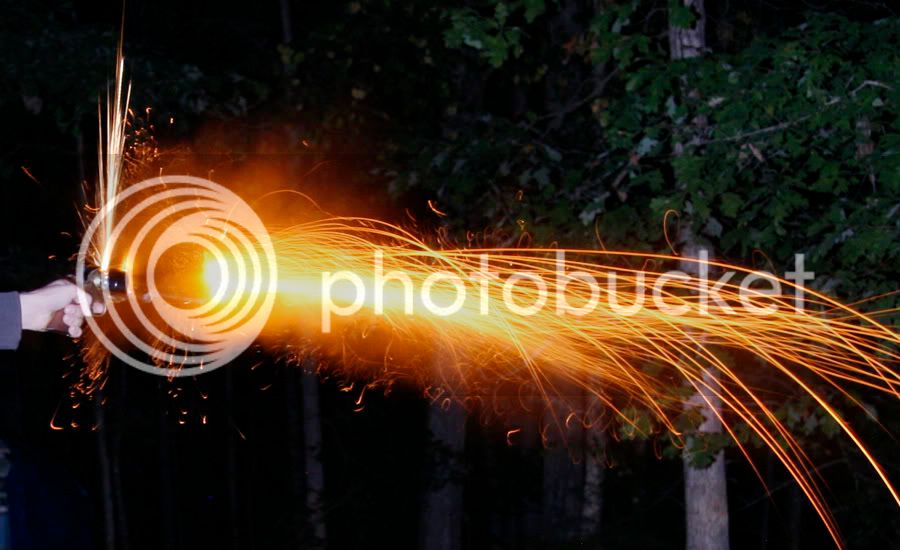There are many things that people do to stop the dreaded” chain fire” in a pistol.
When I visualize a “chain fire”, I think of the pistol shooting one chamber and then going to the next, to the next, etc., thus the name “chain fire”, is the correct?
Some actions that are taken to prevent a chain fire that come to mind are a ball that cuts a ring when loaded, felt wads and grease on top of the ball.
How often does a chain fire happen and what is the real probability of it happening.. I asked several shooters if they had it happen or knew someone who had and the answer was no.
I would think the probability of it happening seems very remote.
Was wondering.
Thanks
RDE
When I visualize a “chain fire”, I think of the pistol shooting one chamber and then going to the next, to the next, etc., thus the name “chain fire”, is the correct?
Some actions that are taken to prevent a chain fire that come to mind are a ball that cuts a ring when loaded, felt wads and grease on top of the ball.
How often does a chain fire happen and what is the real probability of it happening.. I asked several shooters if they had it happen or knew someone who had and the answer was no.
I would think the probability of it happening seems very remote.
Was wondering.
Thanks
RDE







